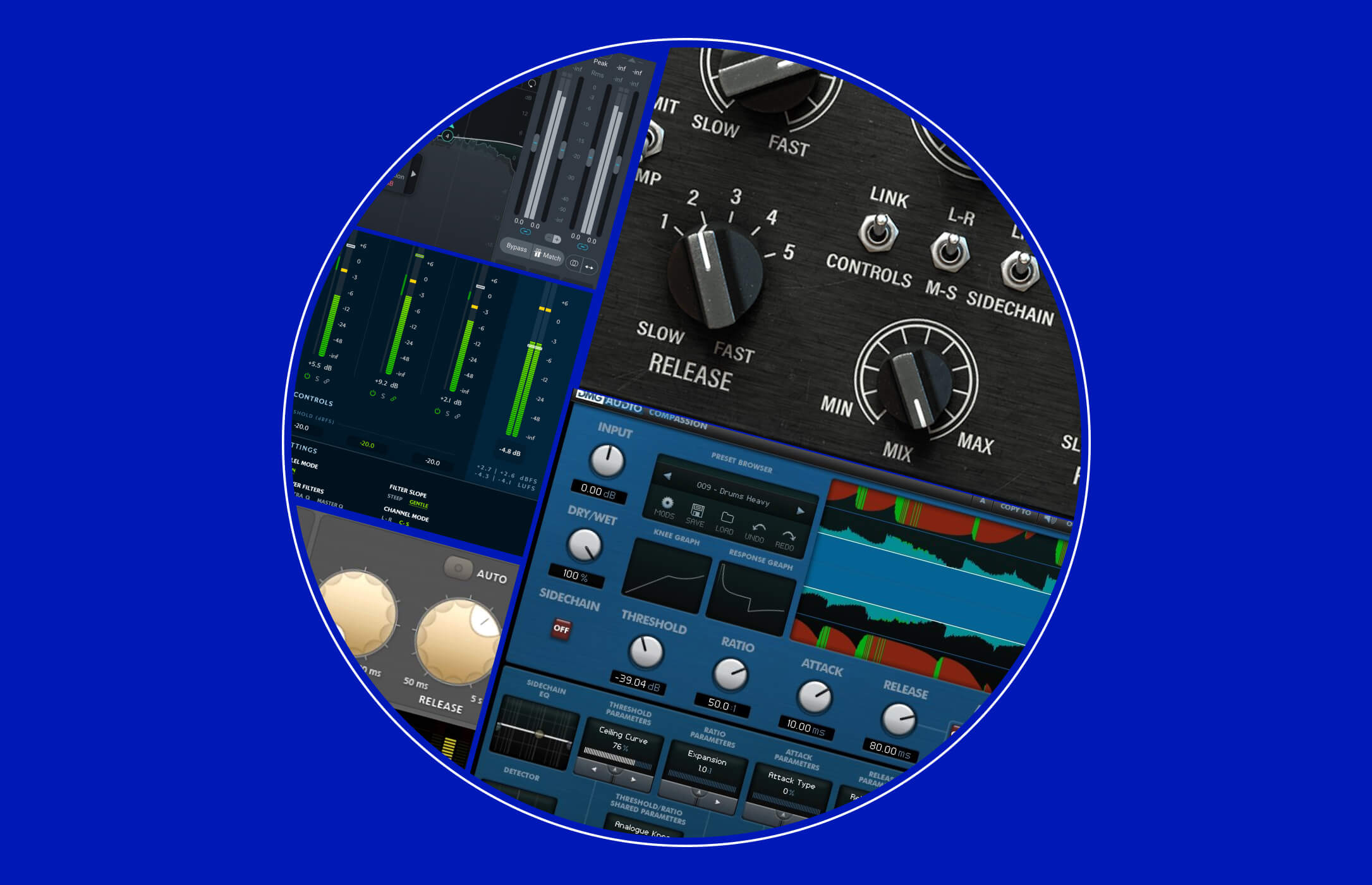5 Tips For Making Good Bass Lines
Pick a key
Every song has to start somewhere and deciding on what key your song is going to be in is actually one of the most important parts of writing a dance floor banger. It’s important to remember that each note corresponds to a specific frequency (measured in Hertz). For example, Middle C or C4 would be at 261 hz whereas a Low C or C2 has a much longer wavelength at 65 hz.
Therefore, keep in mind if you go too low t hen you run the risk of not hearing any of the sub frequencies in your mix. Alternatively, go too high and you will lose that driving bass and sub that we all love to feel. This all depends on the style of music that you are creating. For instance for Tech House I would normally use the key of A or G and for something like Deep House I would go slightly higher and use D.
Create movement
Depending on the style of music, the bass line will often be 1-4 bars long and repeat itself throughout the song. This is normally the case in genres such as Tech-house, where the bass line will usually be no longer than a few bars. As you can imagine, this can get very repetitive, especially if you have a 32 bar drop! To keep the interest of the listener it is always a good idea to add movement to your track. This creates tension and diversity and makes even the simplest of bass lines more interesting.
My top tip for adding movement to your bass line is to make use of automation. Choosing different macros to automate such as the cutoff filter can turn your track from a flop to a banger just by spending time to automate different parameters.

Choose the right waveform
It’s essential to choose the right waveform when creating a sound for your bass. Usually, I will use Serum or Diva to create the sounds for my bass lines and as a starting point, I will often use a combination of a Sawtooth and Square wave. The sawtooth is one of the most versatile waveforms and can be sculpted into endless sounds with the help of filters and effects. Whereas the Square in my opinion is a great option to add weight to your bass lines and really get it thumping hard in the mix!
Another quick useful tip to help your bass cut through is to add saturation. This will create warmth and add extra harmonics to your bass and help it be heard on even the worst of speakers.
Try two or more different sounds playing the same parts
Most of the time I will add depth to my basses by having two or more different sounds playing the same parts. This will usually be a Sub-bass with a low pass set at around100-120hz which will add weight to my track and then another bass with a high pass set at 100-120hz which will add character to the track. I can then add in other sounds when the main bass line isn’t playing to make it more interesting. Also, I sometimes like to split the signal of my main bass into a low and mid-low chain and add reverb to the mid lows to create a wider-sounding bass whilst still keeping mono compatibility.
Have fun
This sounds super corny but it’s probably the most important tip when creating music as a whole. Have fun, learn something new every day and try not to compare yourself to anyone else.
Written By Jack Wolf



